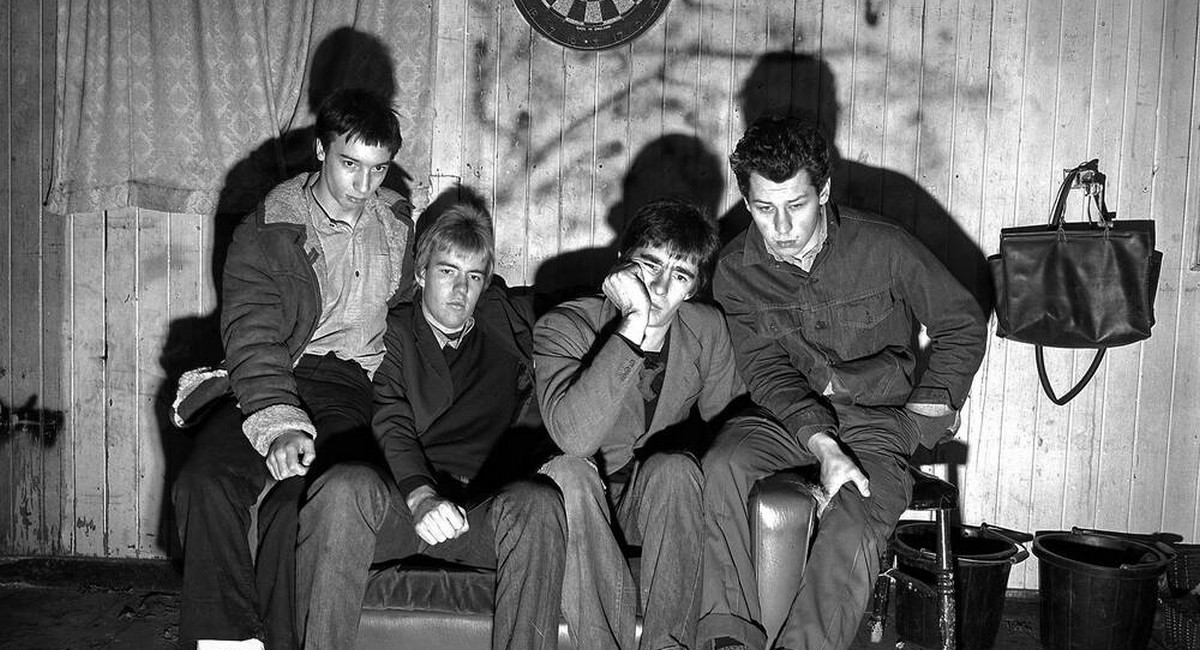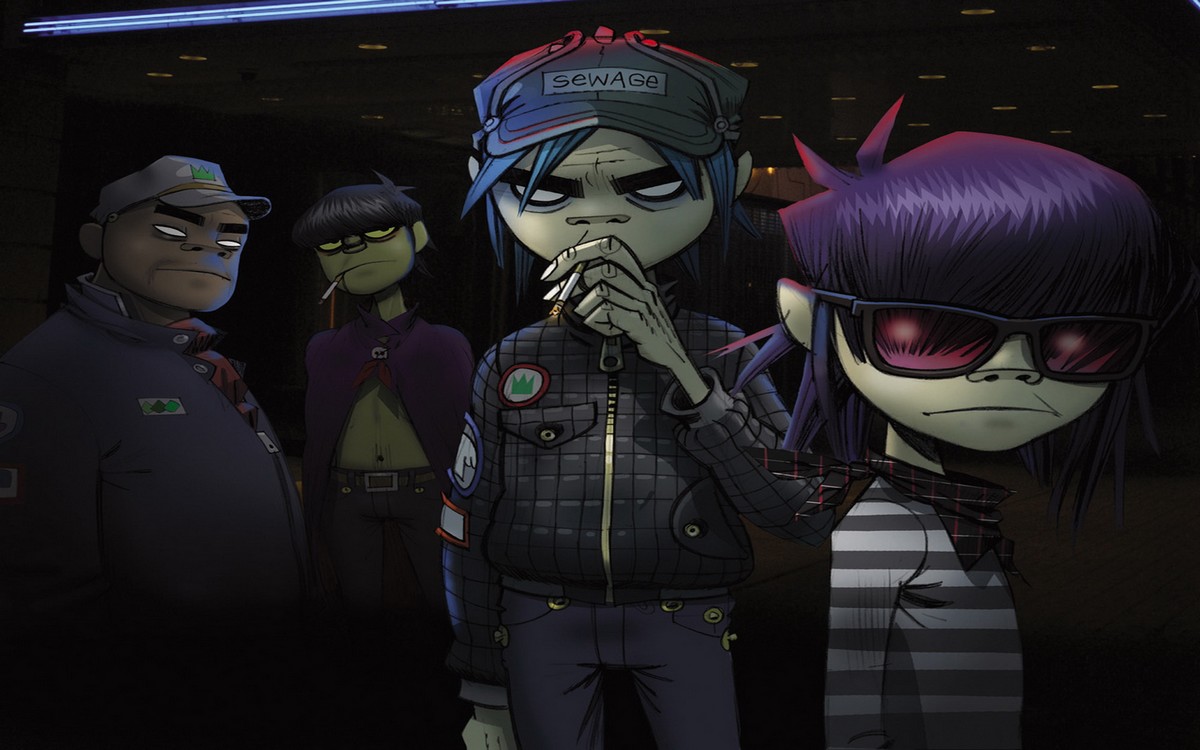Where Gaz found gold far from the noise
White Noise has a relentless pulse at its center. White Noise, a song that sounds as though it is transmitting straight from inside of Gaz Coombes’s creative engine room. This is clearly a proclamation as the opening notes grow with simmering intention. Of presence, not of love nor of war. Turning his dial toward tension and gentle anarchy, the former Supergrass frontman now immersed in a solo career guided more by intuition than by expectation seems driven. He does it all, too, with a firm hand.
Little pomp accompanied Here Come the Bombs, the album that cradles White Noise, released in 2012. But underneath the absence of commercial fireworks lies something vibrant in conviction and detail. Driven by syncopated percussion and encased in a digital haze that never conceals the melody, the track rides a rhythm both broken and fluid. Analogue spirit and machine accuracy create this sonic landscape. Always a master of contrast, Coombes allows beauty and worry to coexist in his musical design.
He breaks his voice through the distortion with sharpness, not with violence. The way he sings quietly urges White Noise as escape as well as interference. Though the lyrics have underlying meaning, never feel loaded down by it. Though Coombes has always been deft with phrases, think of the sardonic swagger of Alright or the tongue-in-cheek tension of Richard III, here he finds a more introspective cadence. When you have something pointed to say, there is no need to scream.
I was trying to do something that was just really honest. Just see what came out and let it be. What came out the other end was pure, uncluttered Gaz Coombes, ‘I really wanted the sound of each performance to influence the next,’ he says, ‘I just wanted it to sound like me.
(Gaz Coombes, Drowned in Sound, 2012)
Captured in his home studio, this was not a record influenced by chart aspirations or label expectations. Built slowly with Coombes himself behind much of the instrumentation and manufacturing. White Noise is the sound of an artist allowing the machines to breathe with him rather than for him. The final environment is low gravity, not lo-fi. You move through it sustained only by the heartbeat of the track.
And a heartbeat what? The drums twitch and slide, the bassline vibrates like a secret message, and the guitars show up not as riffs but as textures. Every layer is carefully positioned to create a track that is both nimble and compact. It’s not by chance that White Noise grew to be a sleeper classic among those who caught it, not on the radio, but in headphones late at night, when the static of the day subsides and certain melodies begin to expose their secret form.
With White Noise, Gaz Coombes never intended to rewrite history. Still, in making it, he gifted us something more lasting than a chart hit: a subdued anthem for the digitally exhausted, a painstakingly created release of pressure still ringing strong years after its creation. This is a song you never tire of. You essentially develop into it.





